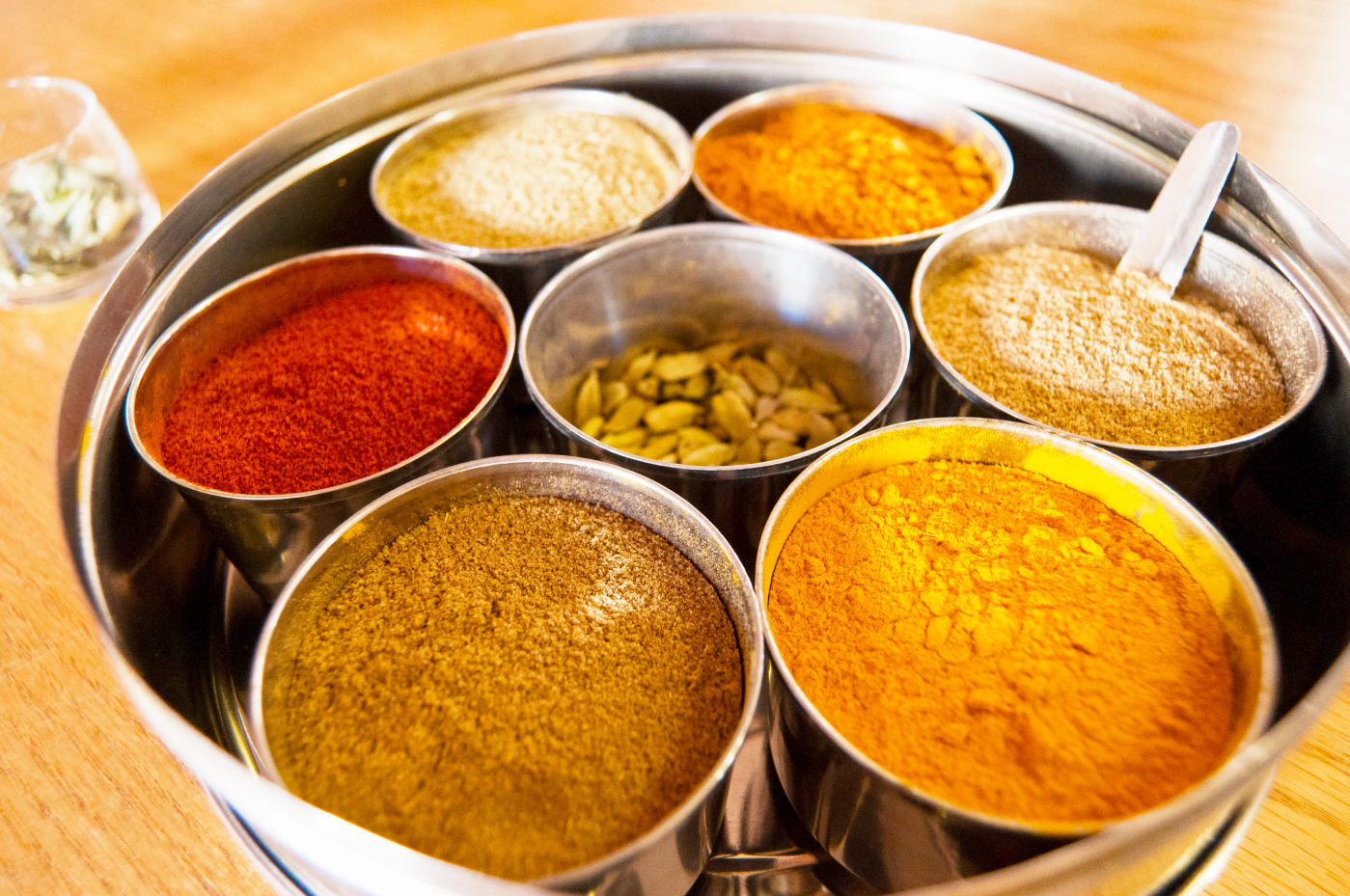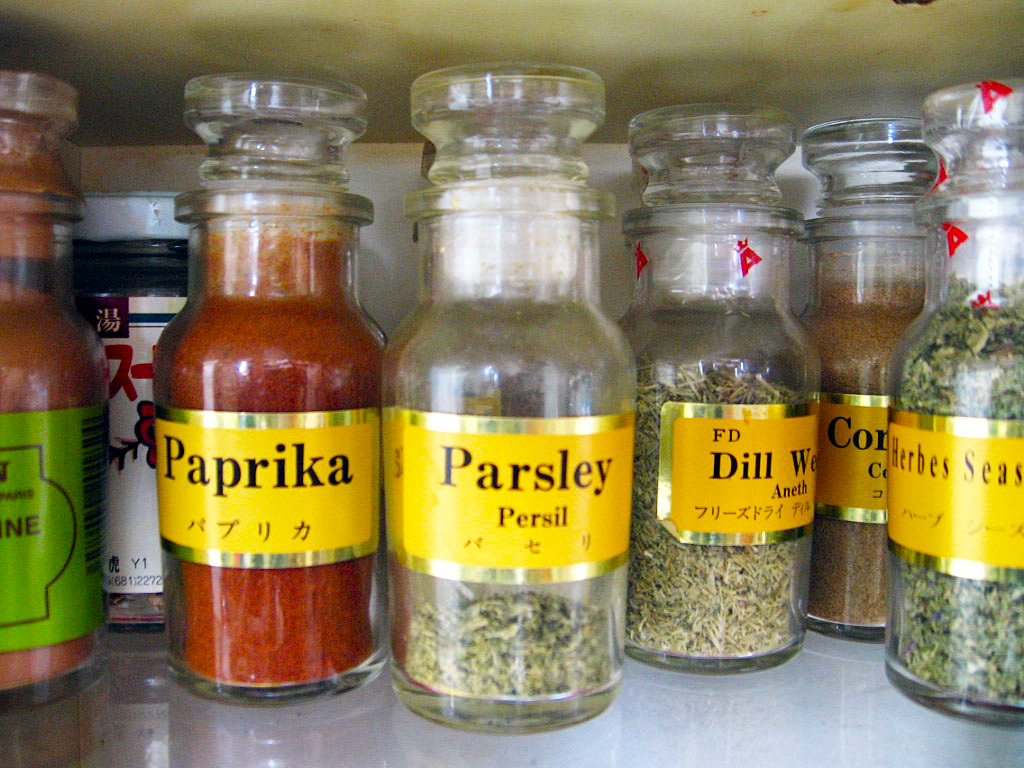The spice trade made a big impact around the world and left an incredible mark throughout countries in the world, South Africa included. This can be seen in the many South African traditional dishes cooked throughout South Africa. They are enriched with flavour and rich aromas which come from the different spices used in dishes. South Africa’s rich influence came in with the Dutch settlers in the 1800s when they brought in the Malays and Indians, whose spices and cuisine influenced the rich traditional dishes among South Africans.
Afrikaans translation services seek to strengthen the diversity within South Africa, by helping with basic Afrikaans/English: Spice names. So indulge yourselves below by learning Afrikaans/English: Spice names.

The different kinds of spice names and their Afrikaans translations
English | Afrikaans |
|---|---|
| Salt | Sout |
| Pepper | Peper |
| Chillies | Brandrissies |
| Cayenne Pepper | Rooipeper |
| Ginger | Gemmer |
| Cayenne | Rooipeper |
| Paprika | Paprika |
| Nutmeg | Neutmuskaat |
| Thyme | Tiemie |
| Sage | Salie |
| Rosemary | Roosymaryn |
| Parsely | Pietersielie |
| Oregano | Oreganum |
| Marjoram | Marjolein |
| Fennel | Vinkel |
| Coriander | Koljander |
| Basil | Basiliekruid |
| Garlic | Knoffel |
| Caraway | Karwy |
| Cinamon | Kaneel |
| Curry Powder | Kerrie poeier |
| Tumeric | Borrie |
| Vanilla | Vanielje |
| Saffron | Saffraan |
| Allspice | Wonderpeper-korrels |
| Cardamom | Kardemom |
| Cloves | Naeltjies |
| Cumin | Komyn |
| Peppercorns | Peperkorrels |
| Star anise | Ster anys |
| Wasabi | Wasabi |
| Chillie Pepper | Brandrissie peper |
| Clover | Klawer |
| Jasmin | Jasmyn |
| Peppermint | Peperment |
| Smoked Paprika | Gerookte Paprika |
Plants which are used to make spices
Nutmeg
The nutmeg tree also known as Mystica fragran produces fuzzy brown fruits, this brown fruit has this big seed inside with red skin, the skin is the part of the plant that makes a spice called mase. The nutmeg plant also has a dark kennel that surrounds it, that dark kennel is ground to make nutmeg spice.
Vanilla
The Vanilla planifolia is the scientific word for the vanilla plant, the seeds and pods inside the plant are the flavoured part which is mostly used in vanilla ice cream. To enhance flavour, the pods are hand harvested and then undergo a protracted curing process, which adds to its expensive cost.
Cinnamon
Cinnamon is made from the bark of the different cinnamon tree species. The trunk is chopped to the ground and the bark is removed, to harvest. The cinnamon is left to dry to form its curly-like stick shape that we are used to. New stems then grow from the roots of the chopped trees to make more cinnamon.
Saffron
Saffron is manufactured from the small stigmas (female reproductive parts) of the saffron crocus; because of its great weight, it is one of the most expensive spices. The bulbs of the Saffron plant each produce a flower, which only blooms for a week each year. Three stigmas are produced by each bloom. To get enough saffron to flavour food, at least a couple dozen blooms are required.
Black Peppers
Black peppers come from peppercorns. These peppercorns may be mistaken for seeds because they are hard and rounded but they are actually dried berries from the Piper nigrum vine, which grows in tropical regions. Small chains of berries develop and hang from the plant’s stems. You can get peppercorns in all four colours (white, green, red, and black) from a single plant by picking the berries at various stages of maturity.
The historical importance of spices
 Throughout the years spices have mostly been used for medicinal and healing purposes. They have also been used to preserve food, make it taste better and sometimes hide the bad odour some foods elicit. During ancient times plants used for medicinal purposes and those used for seasoning were not distinguished apart, people experimented with what they had and used the ones that brought the best outcome.
Throughout the years spices have mostly been used for medicinal and healing purposes. They have also been used to preserve food, make it taste better and sometimes hide the bad odour some foods elicit. During ancient times plants used for medicinal purposes and those used for seasoning were not distinguished apart, people experimented with what they had and used the ones that brought the best outcome.
Spices used to symbolise wealth and power at some point in history, they were traded throughout the world and wars were fought to gain power over this trade. Arabs were the first known spice traders. Greeks expanded on the established spice trade by creating routes to the Mediterranean. This gave the Roman Empire great influence over the spice trade and afforded them power and control. The spice trade started being popular and lucrative, inviting more nations to join in, this eventually led to war, in the fight to have power over the spices. The trade eventually started losing its incentive due to plantations of cinnamon, nutmeg, pepper and other various spices being established on tropical islands.
Afrikaans translation services
Afrikaans translation is a verified translation agency, which provides broad experience in the field of translations. We are a top service language provider, who offer exceptional quality when it comes to translations. We deliver on time and we’ll translate your documents making sure that we are precise and provide error-free translations. We will serve whatever translation requirements you may need and make sure you are not disappointed. If you are interested in working with us, please feel free to call us on 012 348 3134 or you can email us at: info@afrikaanstranslation.co.za and we will surely get back to you.







Leave A Comment